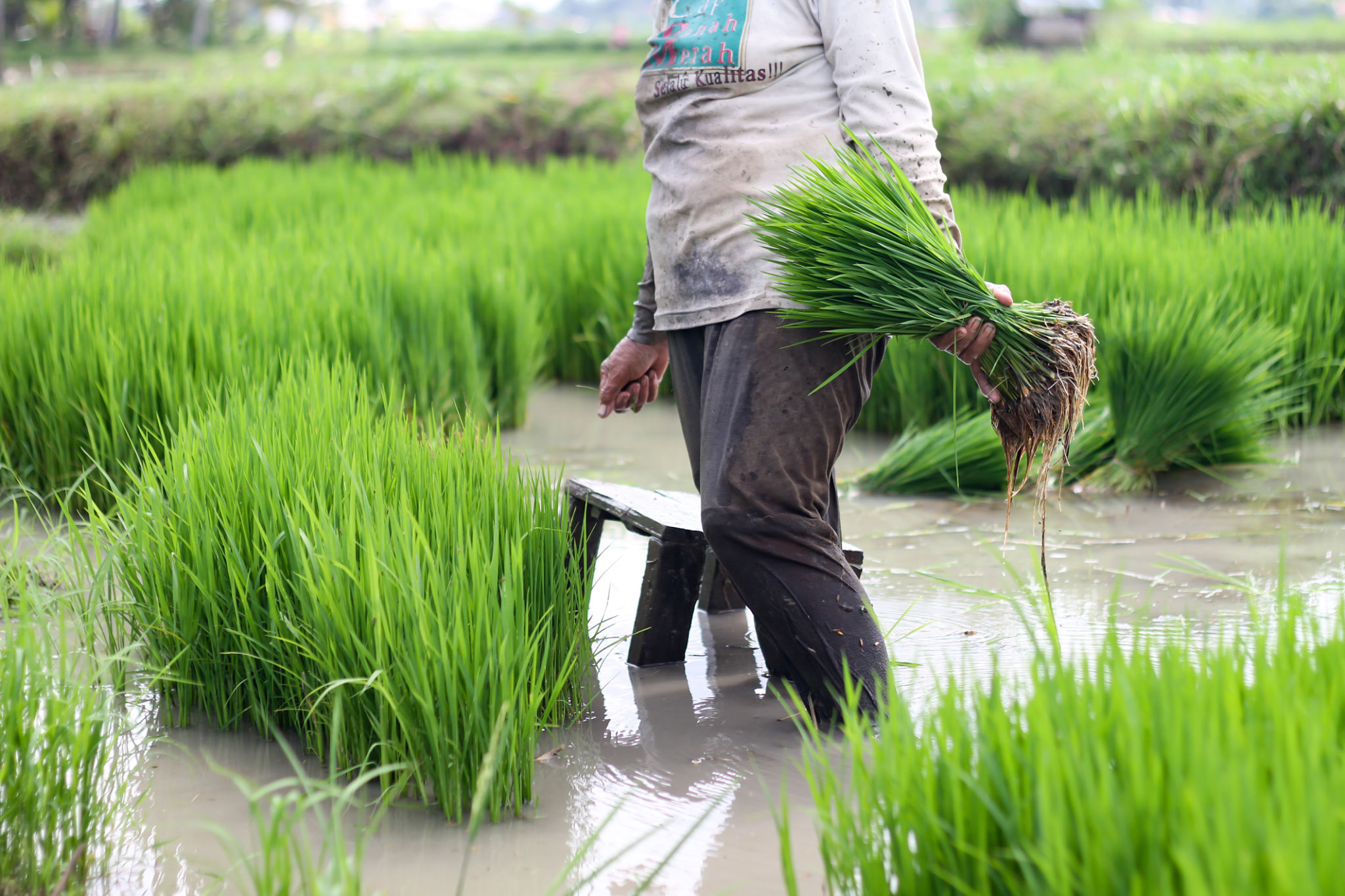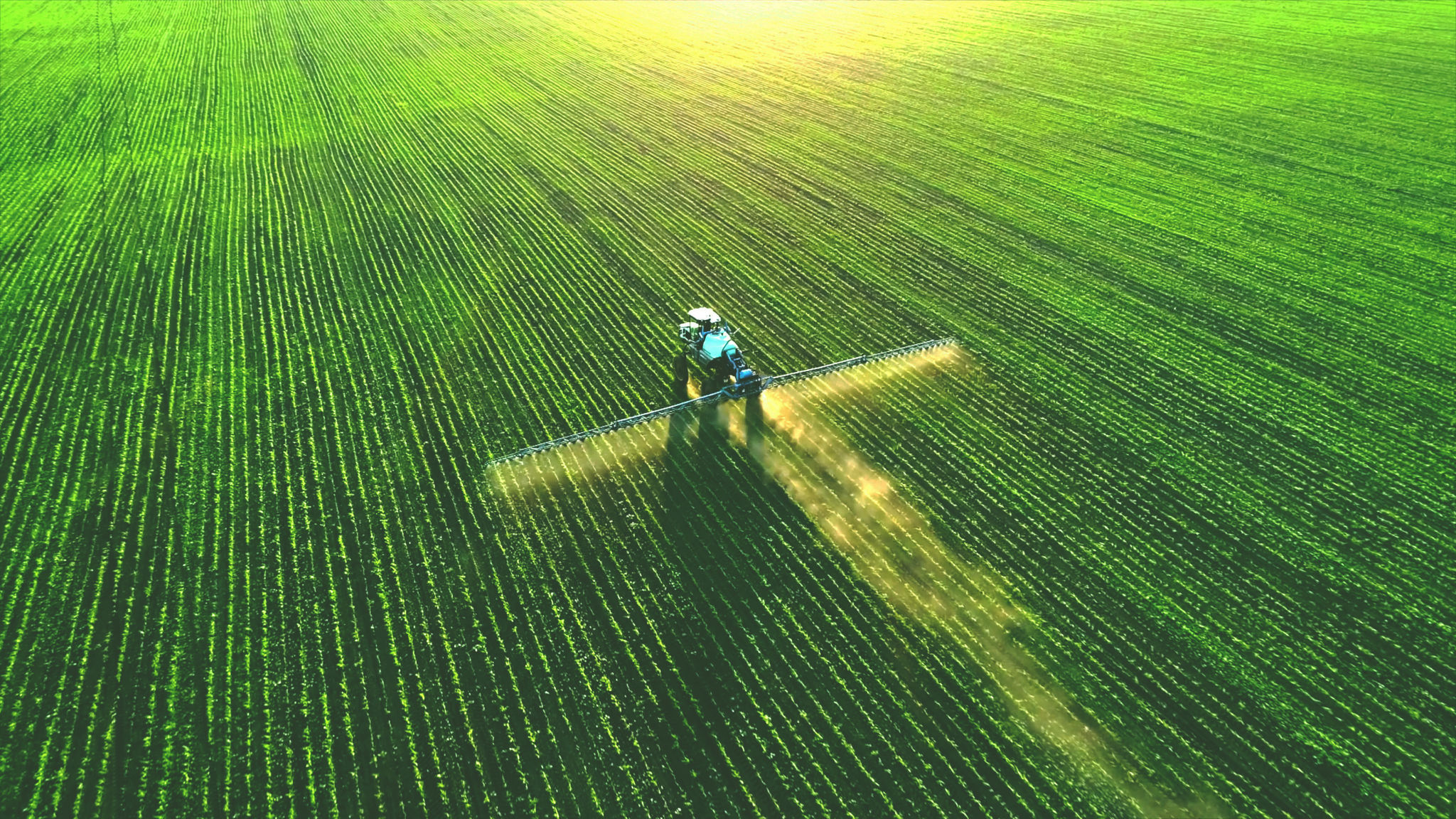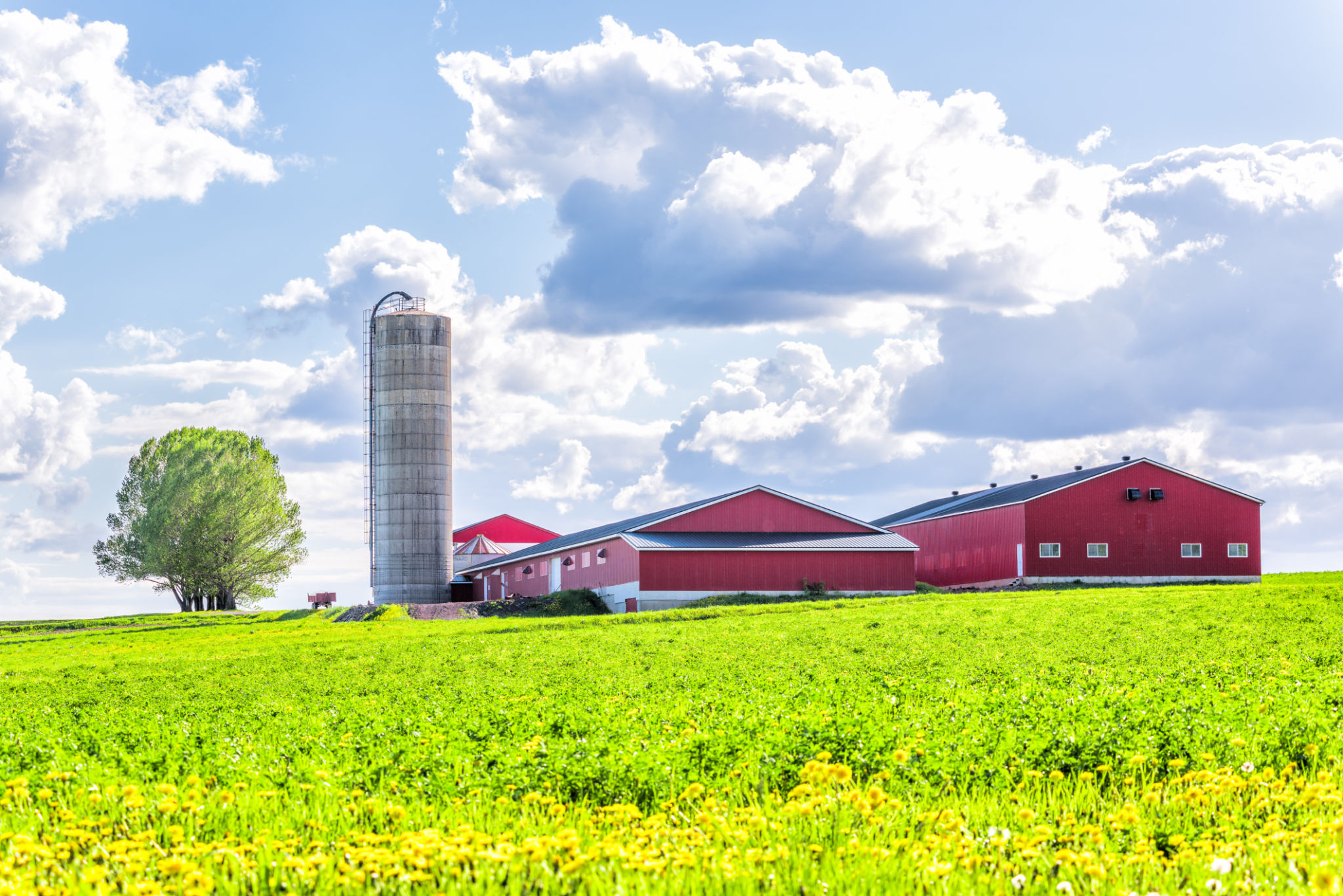How to Prepare Your Farm for the Rainy Season in Indonesia
Understanding the Rainy Season in Indonesia
Indonesia's rainy season typically spans from November to March, bringing substantial rainfall to various regions. Understanding this seasonal pattern is crucial for farmers, as it affects crop growth, soil conditions, and farming activities. Preparing adequately for the rainy season can help minimize potential damage and maximize productivity.
The heavy rains can lead to waterlogging, soil erosion, and increased pest activity. Farmers need to be proactive in implementing measures that protect their crops and livestock. This preparation is vital not only for maintaining the farm's productivity but also for ensuring the long-term sustainability of farming practices.

Soil Preparation and Management
Proper soil management is critical during the rainy season. Start by enhancing soil drainage to prevent waterlogging, which can damage plant roots. Consider installing drainage systems or digging channels to direct excess water away from fields. Additionally, using raised beds can help keep crops safe from excessive moisture.
Soil erosion is another significant concern during heavy rains. To combat this, employ techniques such as mulching and cover cropping. Mulching helps retain soil moisture while reducing erosion, and cover crops can protect the soil surface and improve its fertility over time.
Crop Selection and Planting Strategies
Choosing the right crops is essential for a successful rainy season harvest. Opt for crops that are well-suited to wet conditions, such as rice, taro, and certain varieties of beans. These crops can thrive in moist environments and are less susceptible to water-related diseases.

Timing your planting schedule is also crucial. Plant early in the rainy season to ensure that crops have sufficient time to mature before the heaviest rains arrive. This strategy reduces the risk of flooding damage during critical growth stages.
Pest and Disease Control
The rainy season often brings an increase in pest and disease activity. It's important to monitor your fields regularly for signs of infestations or infections. Implement integrated pest management (IPM) strategies to control pests effectively while minimizing environmental impact.
Using resistant crop varieties, biological control agents, and preventative measures such as crop rotation can help manage pest populations. For disease control, ensure good air circulation around plants and remove any affected foliage immediately to prevent spread.

Livestock Care During the Rainy Season
Livestock require special attention during the rainy season. Ensure that their shelters are waterproof and well-ventilated to prevent respiratory issues caused by damp conditions. Regularly check for leaks and make necessary repairs to roofs and walls.
Provide adequate nutrition to boost immunity against diseases that are more prevalent during wet conditions. Maintaining a clean environment is crucial; regularly remove manure and uneaten feed to reduce the risk of infections.
Infrastructure Maintenance and Safety
A well-maintained farm infrastructure can withstand the challenges posed by the rainy season. Regularly inspect and reinforce structures such as greenhouses, storage facilities, and fences. Ensure that pathways are safe and accessible to avoid accidents.
Having a contingency plan for extreme weather events is also advisable. This includes having emergency supplies on hand and a communication plan in place to keep family members and workers informed during severe weather conditions.

Conclusion
Preparing your farm for the rainy season in Indonesia requires careful planning and execution. By focusing on soil management, crop selection, pest control, livestock care, and infrastructure maintenance, you can safeguard your farm against potential challenges. With these strategies in place, you can ensure a productive and resilient farming season despite the heavy rains.